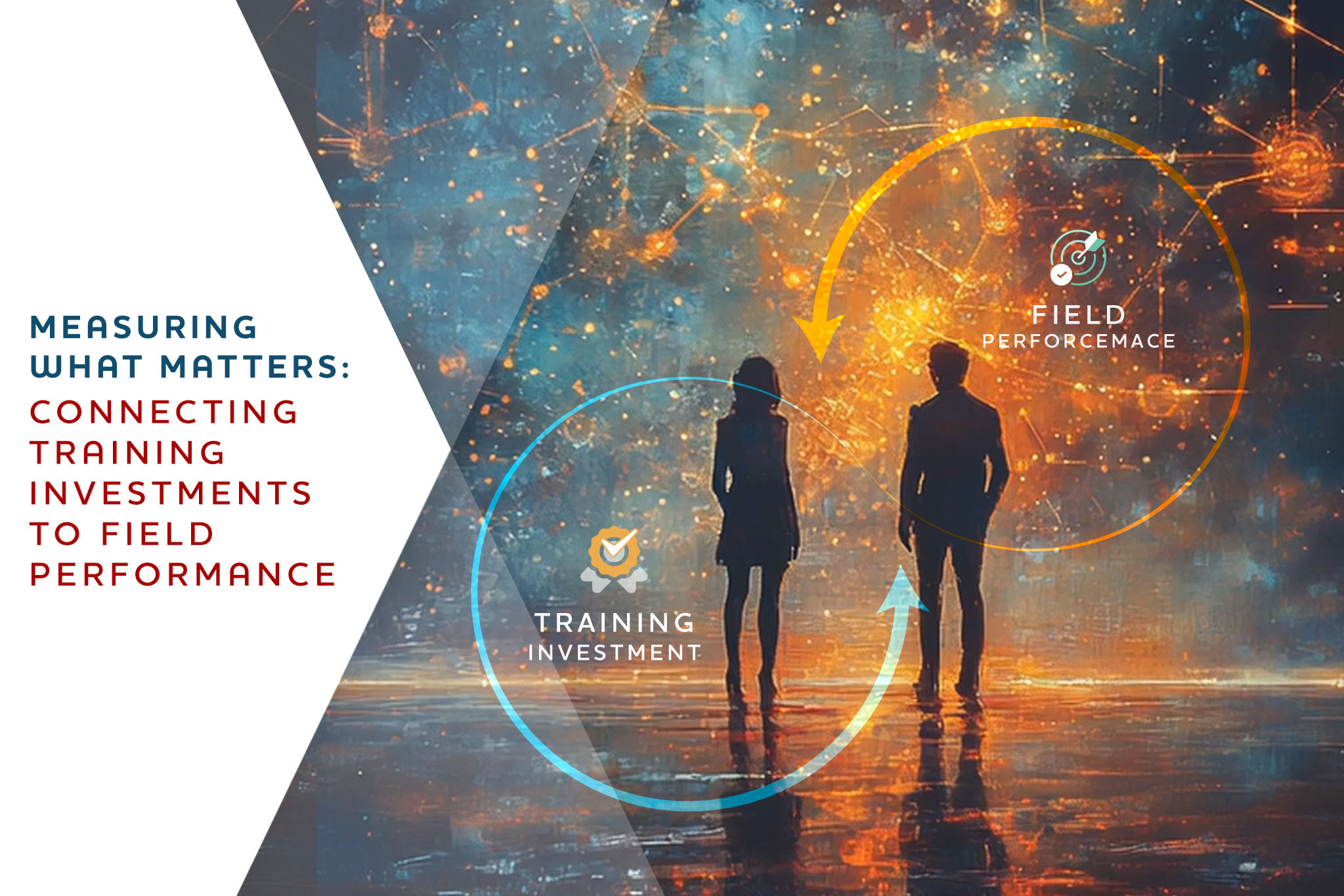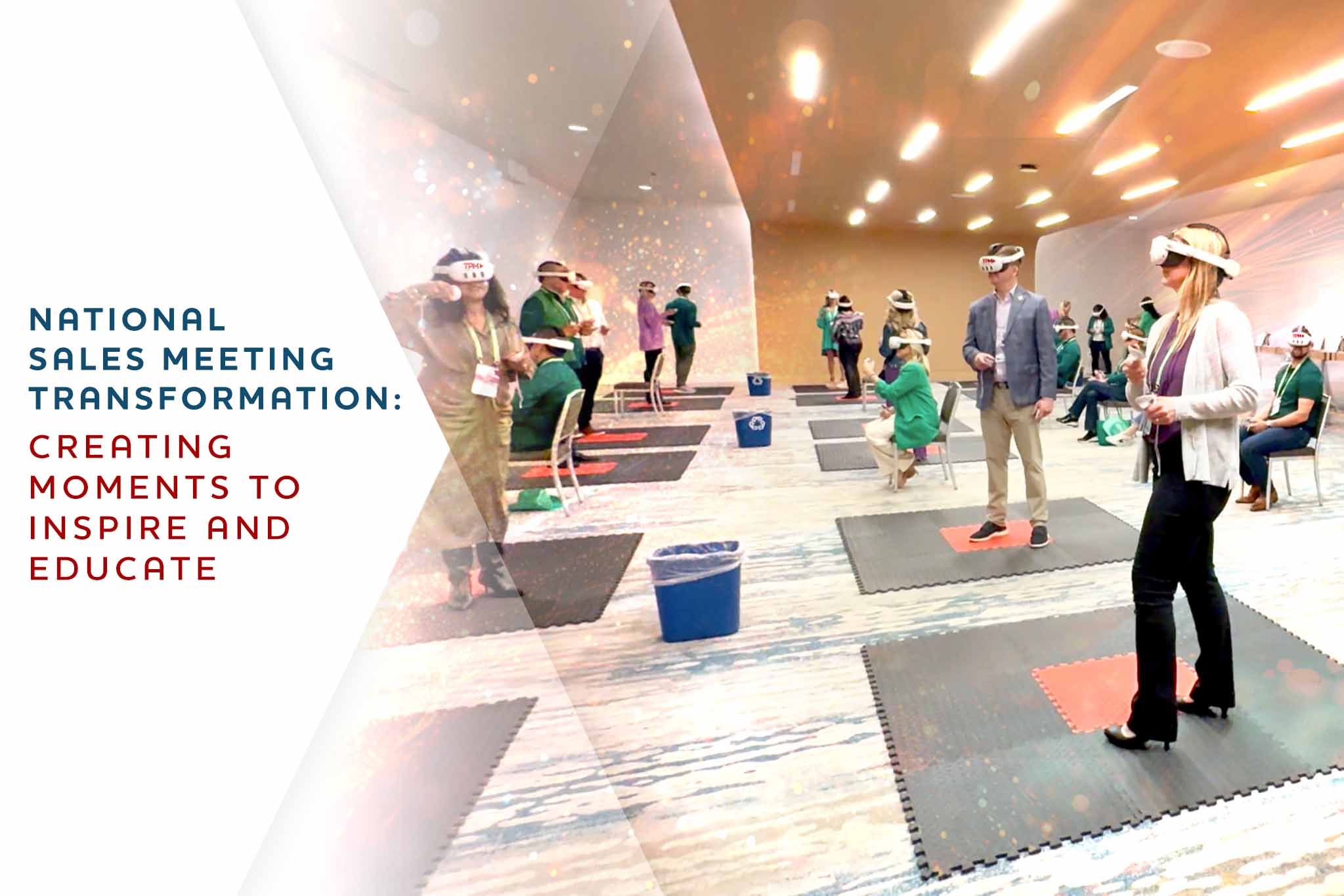In the epoch of technological advancements, the emergence of Augmented Reality (AR) combined with Artificial Intelligence (AI) is revolutionizing multiple sectors, particularly healthcare education. The intersection of AR and AI in medical education is fostering a paradigm shift, transforming the conventional methods of training healthcare professionals. This article explores the compelling impact of AR and AI fusion in the medical realm and how it is altering the landscape of healthcare education.
AI and AR: A Powerful Duo
Artificial Intelligence (AI) strives to endow computers with human-like cognitive abilities, enabling machines to learn complex tasks, analyze data, recognize patterns, and make autonomous decisions. Similarly, Augmented Reality (AR), overlays virtual objects in the real world, turning it into an interactive and immersive learning tool.
The fusion of AI and AR is facilitating a pioneering approach to augmented reality medical education, enhancing healthcare professionals’ spatial skills, and offering detailed visualizations that simplify complex medical concepts. This integration of AI in healthcare education is not only improving the learning process but also elevating the quality of patient care.
The Impact of AI on Learner Experience
Artificial Intelligence (AI) has revolutionized various sectors. AI medical education is one of them. Its implementation has led to significant improvements in learner experience, providing personalized and adaptive learning opportunities. Let’s explore some reference studies that highlight the positive impact of AI on learner experience:
Improved Engagement and Personalized Learning:
AI systems have been found to enhance learner engagement by providing interactive education experiences that are personalized. (Ouyang et al…2023)
AI algorithms are capable of analyzing learner data and providing personalized learning recommendations for content, tailored to the specific needs and preferences of individual learners. (Kim et al…2022)
Enhanced Feedback and Assessment:
AI-powered assessment systems can provide timely and detailed feedback to learners, allowing them to understand their strengths and areas for improvement.(Seo et al..2021)
Adaptive Learning Paths:
AI algorithms can create adaptive learning paths for individual learners, adjusting the content and pace of learning based on their progress and performance, thereby enhancing the educational experience. (Ouyang et al..2023)
Empirical Evidence Supporting the Efficacy of AR in Learning
Several studies have been conducted to evaluate the effectiveness of AR in enhancing learning outcomes, particularly in the context of AR learning, the study conducted at the Ludwig-Maximilians Universität in Munich in 2015 combined AR learning activities with traditional cadaver labs. The study found that over 80% of the medical students reported that the AR tool increased their learning motivation, and 93% said it enhanced their spatial understanding of anatomy.
Unleashing the Versatile Potential of AR and AI in Medicine Education: Exploring the Use Cases
The fusion of Artificial Intelligence (AI) and Augmented Reality (AR) has opened up new possibilities in the field of healthcare education, often referred to as AR in medical terms. This section explores the various use cases of AI and AR in healthcare education and highlights their potential to transform traditional teaching methods. From anatomical understanding to gamifying the learning process, AI and AR have the power to make healthcare education more personalized, immersive, and effective, leveraging AR medical technologies.
Gamified Learning:
AI-powered AR can gamify the learning process, making it more interactive and engaging for students with various AR scenarios. By incorporating game elements, such as rewards, challenges, competitions, and artificial intelligence chatbots, AI and AR can motivate students to actively participate in their educational journey.
The fusion of AI and AR in education, particularly AR in health care, has the potential to transform traditional teaching methods, making learning more personalized, immersive, and effective. It empowers educators to create dynamic and engaging learning experiences that cater to the individual needs and preferences of learners, ultimately fostering a deeper understanding and retention of knowledge.
Simulated Laboratories:
AI-powered AR can simulate real-life laboratory environments through virtual simulations, allowing learners to conduct experiments safely and cost-effectively. They can interact with virtual lab equipment, perform experiments, and receive real-time feedback and guidance from virtual tutors.
Anatomy and Procedural Training:
AI and AR can be combined to create interactive 3D anatomy models and AR anatomy visualizations that allow students to examine and understand the human body in detail. They can visualize complex structures, study the functions of organs, and even perform virtual surgeries for medical training.
Virtual Patient Simulations:
AI and AR can be utilized to create virtual patient simulation experiences, allowing healthcare professionals to practice diagnosing and treating various medical conditions in a realistic and risk-free environment. These virtual patient simulations can provide invaluable hands-on experience and help improve clinical decision-making skills.
Virtual Patient Education:
AI and AR can be combined to create immersive virtual reality physical therapy experiences for patients. This can be particularly useful in mental health education, where patients can be exposed to simulated situations that help them develop coping mechanisms and practice therapeutic techniques in a controlled environment.
Personalized Learning Pathways:
AI algorithms can analyze individual learner data, such as performance, preferences, and learning styles, to create personalized learning pathways. By tailoring educational content to each student’s specific needs, AI and AR can optimize the learning experience, improve knowledge retention, and address any knowledge gaps more effectively.
Continuous Professional Development:
AI and AR can support healthcare professionals in their continuous professional development by providing access to up-to-date medical research, clinical guidelines, and training modules in an immersive format. This technology can help practitioners stay abreast and retain knowledge of the latest advancements in their field and enhance their skills and knowledge throughout their careers.
By leveraging the power of machine learning and AR for medical visualization, healthcare education can be transformed into a more dynamic, immersive, and effective experience. These technologies have the potential to revolutionize the way healthcare professionals are trained, improving patient outcomes and ultimately advancing the field of medicine.
Revolutionizing Medical Education with AI-Powered Avatars:
In the era of digitalization, AI-powered avatars are transforming the traditional methods of imparting medical education into a form of remote education. AI is being utilized to create lifelike avatars of specialist physicians who deliver medical knowledge through interactive videos, making learning more engaging and content accessible in multiple languages. This innovative approach is making medical education more accessible to healthcare professionals worldwide. The combination of AI avatars in a virtual interactive education can boost learner engagement severalfold.
Conclusion
The integration of AR and AI into healthcare education is opening new avenues for training and continuous learning for healthcare professionals. The future of AR medicine education is promising, with the fusion of human expertise and AI technology offering numerous benefits. As both industries continue to evolve, more innovative applications are expected to emerge, potentially revolutionizing healthcare education and patient care.
There’s no denying that AR healthcare and AI are setting a new standard in healthcare education, promising a future where medical professionals are better equipped, more confident, and more competent in their practice. This technological revolution is not just about improving the learning process; it’s about enhancing patient care, reducing medical errors, and ultimately saving more lives.
Tipping Point Media, a leader in the field, can provide a case study of artificial intelligence and augmented reality applications in education, showcasing its benefits and potential applications. It’s exciting to see how artificial intelligence and augmented reality can transform the educational landscape.
References



